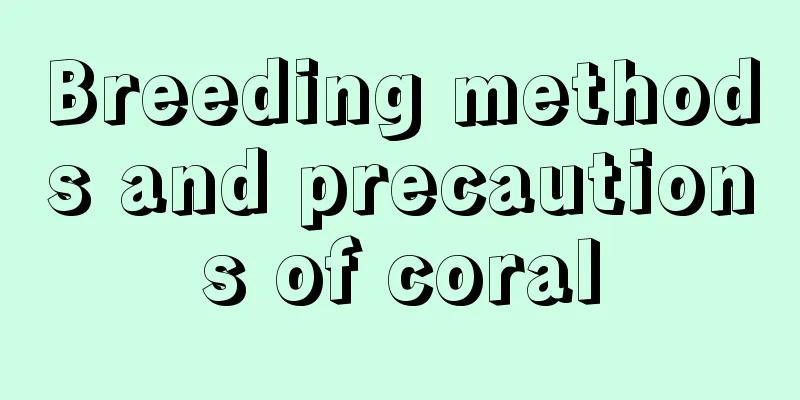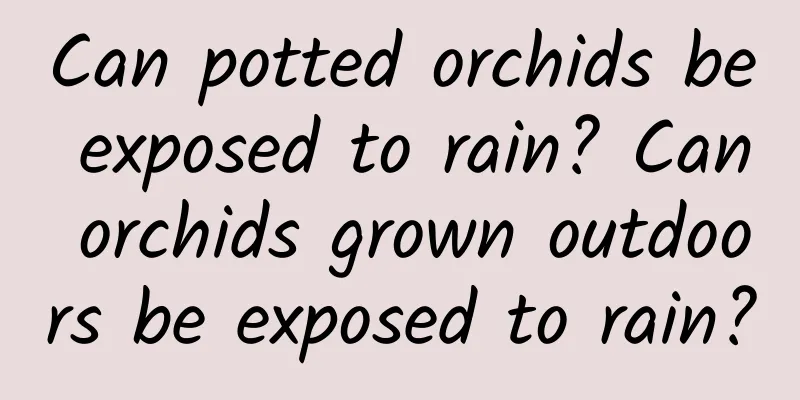Common diseases of monkey orchid and their control methods

Common diseases of monkey orchid: wilt diseaseSymptomsIt often occurs in seasons with high temperature and high humidity, and the disease progresses rapidly, especially after rain in summer. The leaves of the plant turn yellow and wilt, and the entire leaf rots. Cut off the dead and diseased leaves, and be careful not to make the planting material too wet. Prevention and treatment methodsUse 2000 times diluted mycoplasm or 25% propiconazole emulsion to spray the base or irrigate the roots. Or spray 1000 times diluted 50% benomyl wettable powder, or 500 times diluted 40% methyl thiophanate suspension, or 2000 times diluted 2.5% silax suspension, once every 7-10 days, for 2-3 times in a row. Common diseases of monkey orchid: AnthracnoseSymptomsIt often occurs during the rainy season. In the early stage of the disease, round or oval reddish-brown spots appear on the leaves. In the later stage, the spots turn into black-brown. In severe cases, the spots may show gangrene. Prevention and treatment methodsCut off dead leaves and ensure good ventilation. You can spray 600-1000 times diluted wettable powders such as thiophanate-methyl, thiophanate-methyl, and mancozeb, once every 5-7 days for two consecutive times. When the disease has not yet occurred or in the early stage of the disease, spray 600 times diluted 50% anthrax-resistant emulsifiable concentrate once every 10 days for continuous prevention 3-4 times. Common diseases of monkey orchid: white rotSymptomsIt often occurs in the hot and rainy season from August to September. In the early stage, the base of the orchid leaves turns brown and rots, producing white silky mycelium. In severe cases, the entire leaf cluster dies. Pay attention to ventilation in the greenhouse and do not plant potted flowers too closely. Prevention and treatment methodsWhen the disease occurs, you can use 800-1000 times diluted Lan Bingbizhi, or 1000 times diluted 50% Fudongning, or 2000 times diluted 75% Metoprin, once a week for 3-5 times. You can also use 1% copper sulfate solution to water the roots of the seedlings thoroughly. Diseased potted flowers should be removed from the greenhouse and buried. Common diseases of Monkey Orchid: leaf blightSymptomsThe disease often occurs under high temperature and high humidity conditions. Small black spots appear near the tip of the leaves or at the front of the leaves. The spots gradually expand to become the entire leaf, and finally wither and fall off. Prevention and treatment methodsIf symptoms are found, remove the diseased leaves immediately and spray 800 times diluted thiamethoxam or 500 times diluted mancozeb. Common diseases of monkey orchid: tiller rotSymptomsIt mainly occurs on tiller buds, followed by leaves. In the early stage, there are water-soaked mung bean-sized spots at the base of the buds. When the temperature is high and the humidity is high, it is easy to infect the leaf surface, producing large dark brown water-soaked spots. If there are continuous rainy days in the summer, the disease is likely to occur if the fertilizer and water management is improper, the potting soil is too humid, and the fertilizer is heavy. Prevention and treatment methodsWhen the new sprouts emerge from the soil and are 4-5 cm high, spray 1000 times diluted 0.01% boric acid solution or Borax. You can also use 1000 times diluted agricultural streptomycin for prevention and control. Common diseases of monkey orchid: root rotSymptomsThe roots partially or completely rot and turn black, and the plants grow poorly. The main causes of the disease are clogged drainage holes at the bottom of the pot, waterlogging and poor ventilation of the substrate, excessive watering, cold weather or damage from concentrated fertilizers. Prevention and treatment methodsClear the drainage holes, do not water the new seedlings during the growth period, ventilate the leaves in time after spraying water on them, and keep the leaf base dry. Avoid excessive nitrogen fertilizer during the growing season. When the disease occurs, you can irrigate the roots with 1000-1500 times diluted 50% root rot wettable powder or 600-800 times diluted 15% myclobutanil aqueous solution, once every 7-10 days, for 3-4 times in a row. |
<<: Common symptoms and solutions for Ruogeshi
>>: Common diseases of Clerodendrum thomsoniae and their control methods
Recommend
Rose Pests and Control Methods
Pests: Scarab beetles Hazard manifestations Beetl...
Where is the best place to put the Dripping Guanyin? Pictures of the Dripping Guanyin in bloom
1. Where to put it 1. Living room: The Dripping G...
How to grow safflower at home
1. Maintenance methods 1. Soil: Safflower grows b...
The difference between Viola yedoensis and Viola yedoensis
1. Different varieties Viola yedoensis is a plant...
How to Identify Cauliflower
1. Blades Cauliflower leaves are divided into bas...
How to prune roses to make them bloom more (how to prune potted roses)
Rose is a flower that many people like. The flowe...
Using domestic waste to grow flowers will make the flowers strong and the seedlings thriving!
garlic effect: Garlic has many functions in flowe...
How big is the world's largest mushroom and what does it look like?
1. How big is the world's largest mushroom? T...
How often should I water basil?
How often should I water basil? Spring and summer...
When is the best time to transplant elm trees?
Elm trees are more suitable for transplanting on ...
Can Impatiens be placed indoors?
Is it poisonous? Impatiens is poisonous! The answ...
When are cherries ripe? Cherry pictures
1. When are cherries ripe? Cherries generally rip...
Methods for controlling pests and diseases common in succulent plants in summer
Disease control Stem rot Stem rot mainly harms th...
How to grow windmill jasmine
1. Breeding environment (1) Soil: The requirement...
How to eat hairy lychee, pictures of hairy lychee
1. Introduction Hairy lychee, also known as rambu...









